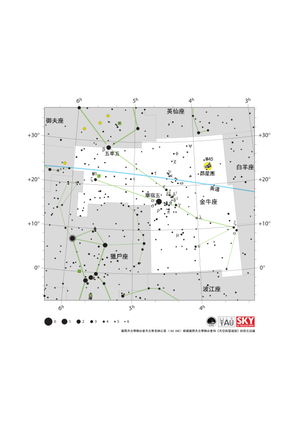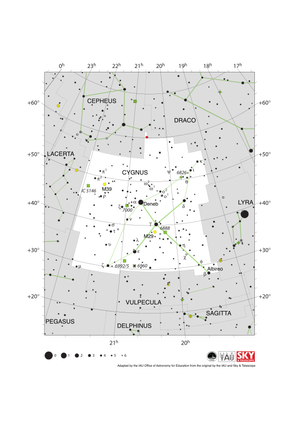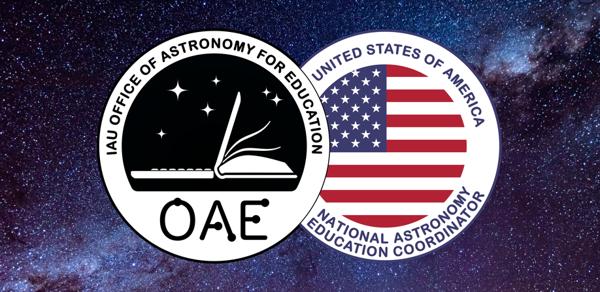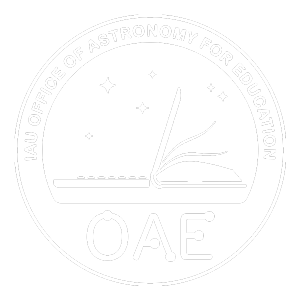Glossary term: 超新星遺跡
Description: 超新星遺跡是超新星爆炸後殘留的結構。它由超新星沖擊產生的熾熱氣體和等離子體組成。在許多超新星遺跡中,恆星超新星爆炸所產生的黑洞或中子星也存在,不過在某些超新星遺跡中,黑洞或中子星已被爆炸的力量拋出。
超新星的爆炸能量會產生沖擊波,沖擊周圍的星際氣體。這種沖擊波將周圍的氣體加熱並電離到極高的溫度(超過一百萬開爾文)。這種高溫氣體會發出各種波長的光,包括 X 射線的重要來源。沖擊還能將粒子加速到很高的速度,使超新星殘骸成為宇宙射線的重要來源。
通過觀察超新星殘骸的膨脹速度,天文學家可以估算出它需要多長時間才能達到目前的大小。這樣,天文學家就能確定超新星爆炸的大致時間。銀河系中的幾顆大型超新星遺跡都是通過這種方法測定的時間,並與天文學家數百年前觀測到的超新星聯繫在一起。
Related Terms:
See this term in other languages
Term and definition status: The original definition of this term in English have been approved by a research astronomer and a teacher The translation of this term and its definition is still awaiting approval
This is an automated transliteration of the simplified Chinese translation of this term
The OAE Multilingual Glossary is a project of the IAU Office of Astronomy for Education (OAE) in collaboration with the IAU Office of Astronomy Outreach (OAO). The terms and definitions were chosen, written and reviewed by a collective effort from the OAE, the OAE Centers and Nodes, the OAE National Astronomy Education Coordinators (NAECs) and other volunteers. You can find a full list of credits here. All glossary terms and their definitions are released under a Creative Commons CC BY-4.0 license and should be credited to "IAU OAE".
If you notice a factual or translation error in this glossary term or definition then please get in touch.
Related Diagrams
金牛座星圖
Credit: 國際天文學聯合會天文教育辦公室(IAU OAE)根據國際天文學聯合會和《天空與望遠鏡》的原文改編
License: CC-BY-4.0 Creative Commons 姓名標示 4.0 國際 (CC BY 4.0) icons
Cygnus Constellation Map
Credit: Adapted by the IAU Office of Astronomy for Education from the original by the IAU and Sky & Telescope
License: CC-BY-4.0 Creative Commons 姓名標示 4.0 國際 (CC BY 4.0) icons










